Results show acceptable inclusion rates of up to 30 percent in diets for channel catfish
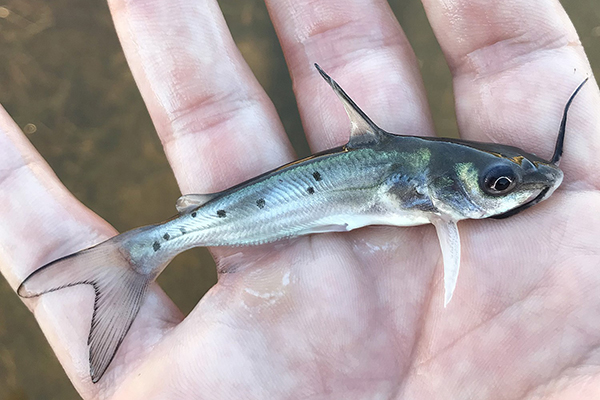
To support circular economies within the aquaculture and the animal production industries, there is growing global awareness of and concerns regarding the valorization of accessible resources, especially the recycling of byproducts and nutrients. Rising production costs in aquaculture industries have prompted the investigation of low-cost food processing byproducts in feeds. This has various important advantages, such as reducing dependence on expensive ingredients and the need for expensive waste management programs.
There is a potential for rendered terrestrial animal products (e.g., poultry byproduct meal, feather meal, bone and meat meal and blood meal) to be processed and used in high percentages for aquaculture production. Hence, the application of both newly emerging and established recycling methods of animal processing has huge potential for making the industry more sustainable and significantly increasing production output.
Retrieved solids and dissolved nutrients can all be repurposed to benefit the animal feed industry. For some byproducts, this is relatively easy, but for liquid wastes, the recapture of nutrients is more problematic. Historically, only a small part of byproducts was used for animal feed production. Due to technological improvements, it is now viable to recycle these byproducts instead of disposing of them in a less environmentally friendly manner.
Co-drying wet poultry byproducts with other dry feed ingredients and subsequent fermentation may be an alternative tactic for the efficient utilization of poultry byproducts in feed for aquaculture. The latest improvements in manufacturing, checking of product quality, and blending have resulted in improved products and reduced variability in nutritional quality.
This article – adapted and summarized from the original publication (Nazeer, S. et al. 2022. The Use of Poultry Corn By-product Meal on the Growth Performance of Channel Catfish, Ictalurus punctatus. Aquac. J. 2022, 2(3), 216-226) – reports on a study to evaluate the efficacy of blended poultry byproduct (combination of wet poultry processing waste and corn) and corn meal in the diet of catfish and to promote the concept of the circular economy as a mean of reducing waste by adding value to byproducts and reintroducing them.
Study setup
Three growth trials were conducted at Auburn University (Auburn, Ala., USA) to test the efficacy of poultry corn byproduct meal, a combination of wet poultry processing waste and corn that was co-dried. It was a relatively new product, and its first growth trial was conducted in a laboratory (aquarium study) to evaluate the substitution of whole corn meal with poultry plus corn byproduct meal (PCBM) in practical diets for channel catfish.
The experimental diets were prepared at the Aquatic Animal Nutrition Laboratory at the School of Fisheries, Aquaculture, and Aquatic Sciences, Auburn University, by applying standard procedures for fish feeds. Basal and experimental diets were prepared to meet the nutritional requirements of the catfish. The basal diet was modified to produce seven levels of inclusion (0.0, 5.0, 10.0, 15.0, 20.0, 25.0 and 30.0 grams per 100-gram diet) using the poultry corn byproduct meal to replace whole corn meal (30.0, 25.0, 20.0, 15.0, 10.0, 5.0 and 1.0 grams per 100-gram diet) and cornstarch added as a filler as required.
In this trial (84 days of culture, DOC), seven levels of PCBM (0, 5, 10, 15, 20, 25 and 30 percent) were evaluated in a practical diet containing 32 percent protein and 6 percent lipid. The second trial (fingerlings to sub-market, 143 DOC) was conducted in 12 raceways with four levels of PCBM (0, 10, 20 and 30 percent) and 600 fish (mean initial weight 42.3 ± 5.06 grams) in each raceway. To validate our results again, the third trial (sub-market to market) was conducted in six raceways with two levels of PCBM (0 and 30 percent). A total of 600 fish (mean initial weight 136.8 ± 6.3 grams) were stocked in each raceway. In all three trials, upon termination, the hepatosomatic index (HSI), the intraperitoneal fat (IPF) and the dress-out (headed and gutted) percentages were measured for trials 2 and 3.
For detailed information on the study design and animal husbandry; diet formulation and preparation; data collection and analyses, refer to the original publication.
Upcycling food system byproducts in livestock and aquaculture feeds
Results and discussion
In this study, a novel ingredient was used in the diet of catfish, which was the combination of liquid poultry waste and corn to produce a byproduct meal. The results from the first trial of this study demonstrated that poultry corn byproduct meal (PCBM) can be used at up to 30 percent inclusion in the diet of catfish when replacing whole corn meal and a small quantity of poultry meal without causing any negative effects on the growth of the fish.
The highest weight gain (57.50 grams) was found in treatment PCBM20 compared with weight gain (52.80 grams) in PCBM30, but there were no significant pairwise differences among the treatments ranged from PCBM10 to PCBM30 (Table 1). PCBM may be viewed as having a better ingredient profile compared with whole corn meal as it contains more protein (11.8 percent in PCBM compared with 7.83 percent in whole corn meal). Consequently, essential amino acids like lysine and methionine are higher.
Nazeer, channel catfish diets, Table 1
| Diets | Final Weight (g) | Weight Gain a (g) | Weight Gain (%) | Dry Feed (g) | FCR b | Survival (%) | Protein Retention (%) | Energy Retention (%) | HIS d (%) | IPF e (%) |
|---|
Diets | Final Weight (g) | Weight Gain a (g) | Weight Gain (%) | Dry Feed (g) | FCR b | Survival (%) | Protein Retention (%) | Energy Retention (%) | HIS d (%) | IPF e (%) |
|---|---|---|---|---|---|---|---|---|---|---|
| Basal | 57.8 c | 49.7 c | 612.0 b | 73.099999999999994 | 1.47 a | 100 | 32.0 abc | 24.5 | 1.0 a | 2.1 |
| PCBM5 | 59.2 bc | 50.9 bc | 620.3 b | 72.2 | 1.42 ab | 100 | 31.8 abc | 26.5 | 0.90 ab | 2.1 |
| PCBM10 | 61.0 abc | 52.8 abc | 641.7 ab | 75.400000000000006 | 1.40 ab | 100 | 31.0 bc | 27.8 | 0.70 b | 1.7 |
| PCBM15 | 61.02 abc | 52.9 abc | 634.8 ab | 75.5 | 1.43 ab | 100 | 28.3 c | 26.8 | 0.8 ab | 1.8 |
| PCBM20 | 65.6 a | 57.5 a | 710.1 a | 76.5 | 1.33 c | 100 | 35.0 ab | 29.8 | 0.8 b | 1.8 |
| PCBM25 | 65.0 ab | 56.7 ab | 683.1 ab | 77.5 | 1.37 bc | 100 | 36.6 a | 28.9 | 0.9 ab | 1.97 |
| PCBM30 | 60.8 abc | 52.8 abc | 653.1 ab | 75.3 | 1.43 ab | 100 | 32.7 abc | 27.2 | 0.8 ab | 1.65 |
In this first trial, there were no significant differences in energy retention across all treatments, but there were significant differences in the protein retention in the fish. The highest protein retention (36.60 percent) was found in PCBM25 and lowest (28.30 percent) in PCBM15 (Table 1) with no clear trend in the data. The intraperitoneal fat ratio and hepatosomatic index are both indicators of the status of energy reserves in fish. Regarding the hepatosomatic index (HSI) and the intraperitoneal fat content (IPF) in this first trial, there was no significant difference in IPF, indicating similar levels of energy reserves. The HSI of fish maintained on the basal diet was significantly higher (1.00 percent) than fish offered the CBM10 (0.70 percent) and PCBM20 (0.80 percent) diets. The higher HSI was associated with higher fat content, and this could be the reason the basal diet had higher fat (6.01 percent) than the other diets.
With regard to the proximate compositions of the fish from trial 1, there were no significant differences in moisture, protein or ash in the whole bodies of the fish in all treatments, but there were significant differences in fat content as treatment CBM10 had significantly higher fat content (9.25 percent) than PCBM15 (7.44 percent).
In the second growth trial, conducted in 12 raceways with four commercial diets based on poultry and corn byproduct meal, the results showed that there were no significant differences between all the growth indices: biomass, mean weight, weight gain, total feed, FCR and the survival of the catfish in all treatments. Survival slightly exceeded 100 percent in treatments PCBM20 (108 percent) and PCBM30 (102 percent), which was due to a stocking error; it is possible that not all fish were cleared from the raceway prior to stocking or fish were miscounted.
To determine the condition index (K), 30 fish were sampled in each raceway, with total length and weight recorded. The results demonstrated no significant differences in total length, weight or condition index of catfish reared on the various diets. For HSI, IPF and dress-out percentage, 15 fish were sampled in every raceway and the results showed that there was no significant difference in HSI and dress-out percent of catfish but there was a significant difference in IPF of fish as PCBM20 had significantly high IPF (4.17 percent) than rest of the other treatments. As far as the proximate composition of fish was concerned, the results revealed that there was no significant difference in protein, fat, and ash of whole body of fish in all treatments.
The third growth trial was conducted in six raceways with two diets; the commercial diets were the same as in trial 2, but two levels were chosen (basal diet and PCBM30). The results showed that there were no significant differences between any of the growth indices: biomass, mean weight, weight gain, total feed, FCR and survival of catfish in all treatments. To check the condition index (K), HSI, IPF and dress-out percentage, 15 fish were sampled in every raceway, and the results showed no significant differences in any of these parameters.
The sustainable intensification of aquaculture is not straightforward. Nevertheless, better nutrient recycling procedures through technological enhancements in harvesting and handling wastewaters and byproducts along with the optimization of feeding compositions and formulations can improve sustainable productive output to consumers and industry.
Given that the poultry industry is the largest animal production sector in the world, using byproducts from this industry is an excellent way to recycle nutrients. Clearly, poultry byproduct meal (PBM), the rendered product of poultry processing waste made from inedible portions of poultry, has been used extensively in aquaculture. Yet there are other waste streams that could be captured, including liquid wastes.
Perspectives
The findings from this study indicated that poultry corn byproduct meal (PCBM) can be used up to 30 percent in the diets of channel catfish. As the rendering industry goes on to refine its processes and modify the compositions of co-products that are sold on the market, it is proposed that the new products be re-evaluated for their efficiency.
This work showed that byproduct recycling plays a major role in increasing production output. The circular economy can allow aquaculture to grow and contribute to sustainable nutrition.
Now that you've reached the end of the article ...
… please consider supporting GSA’s mission to advance responsible seafood practices through education, advocacy and third-party assurances. The Advocate aims to document the evolution of responsible seafood practices and share the expansive knowledge of our vast network of contributors.
By becoming a Global Seafood Alliance member, you’re ensuring that all of the pre-competitive work we do through member benefits, resources and events can continue. Individual membership costs just $50 a year.
Not a GSA member? Join us.
Authors
-
Sidra Nazeer, Ph.D.
Corresponding author
School of Fisheries, Aquaculture and Aquatic Sciences, Auburn University, Auburn, AL 36849, USA; and Fisheries Research and Training Institute, Lahore 54000, Pakistan -
Ashley Fredricks, M.S.
School of Fisheries, Aquaculture and Aquatic Sciences, Auburn University, Auburn, AL 36849, USA
-
Oluwafunmilola Eunice Afe, Ph.D.
School of Fisheries, Aquaculture and Aquatic Sciences, Auburn University, Auburn, AL 36849, USA; and Department of Fisheries and Aquaculture Technology, Federal University of Technology Akure, Akure 340110, Nigeria
-
Bennie John Bench, Ph.D.
Tyson Foods, Inc., Springdale, AR 72764, USA
-
Zach Thompson
Tyson Foods, Inc., Springdale, AR 72764, USA
-
D. Allen Davis, Ph.D.
School of Fisheries, Aquaculture and Aquatic Sciences, Auburn University, Auburn, AL 36849, USA
Tagged With
Related Posts
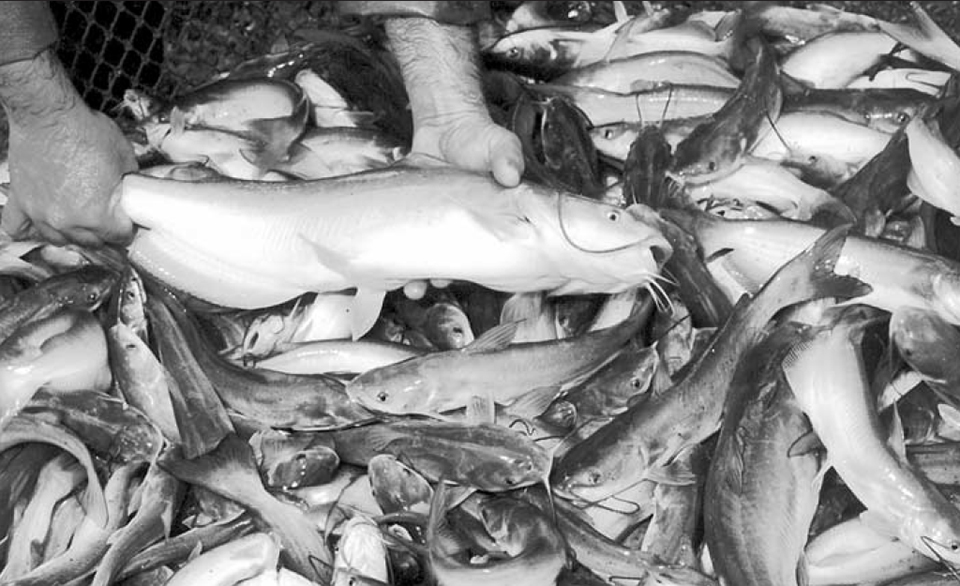
Aquafeeds
Catfish nutrition: A look at feeds and feeding practices
Information on catfish nutrition was practically nonexistent in the late 1950s and early 1960s when catfish farming first started.
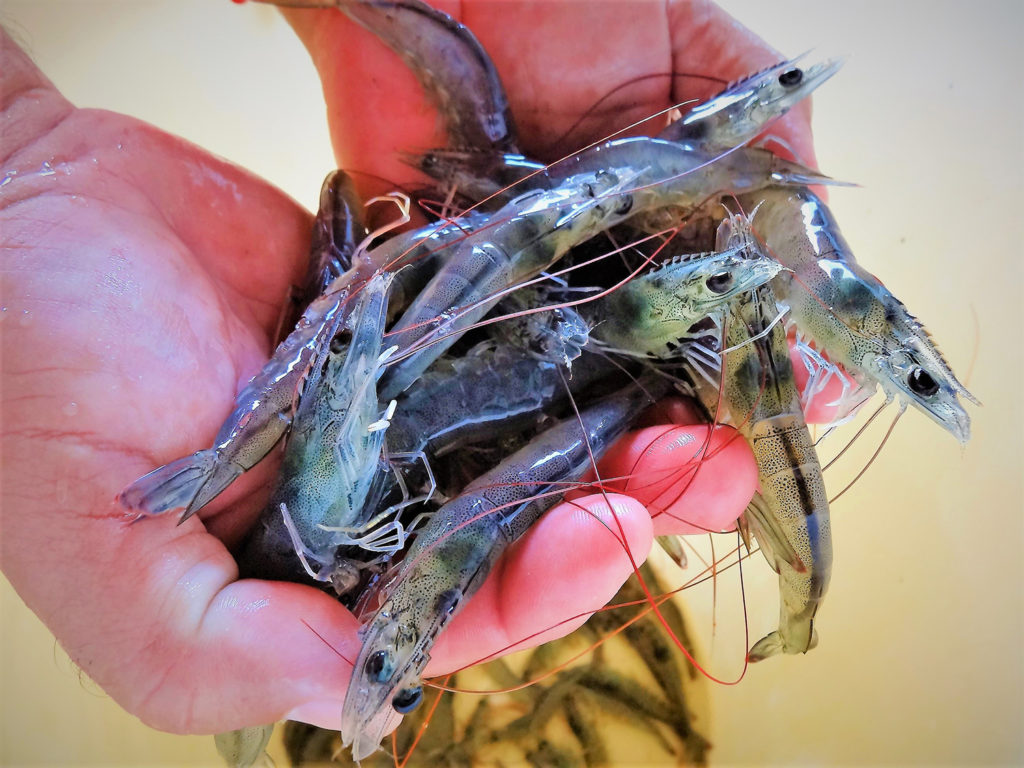
Aquafeeds
Krill meal performs well in shrimp feed experiments
A study of experimental diets for juvenile shrimp showed a halving of fishmeal usage. Limited inclusion of krill meal offset other expensive ingredients.
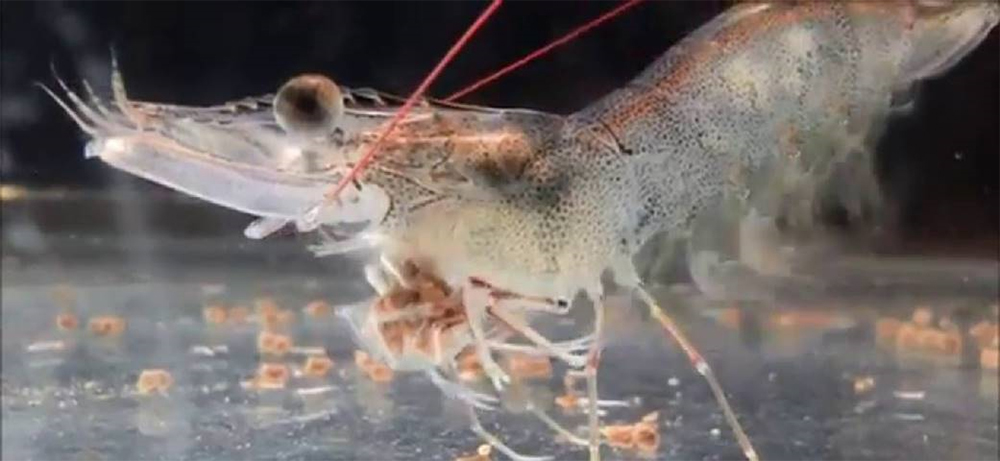
Health & Welfare
Grain distillers dried yeast in practical diets for juvenile Pacific white shrimp
A study evaluated the production response of Pacific white shrimp fed diets containing increasing levels of grain distillers dry yeast in two growth trials.
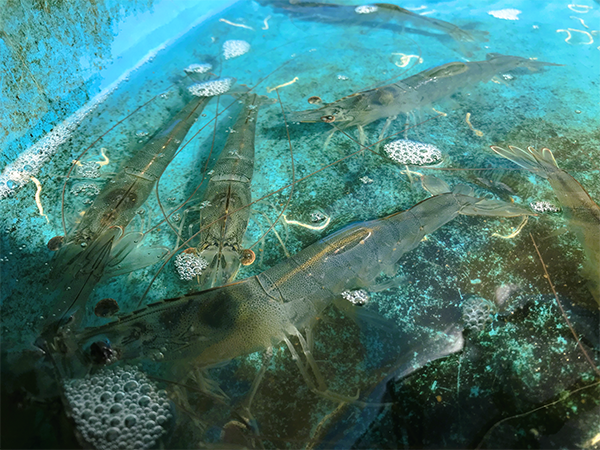
Aquafeeds
What are the optimal levels for fishmeal and methionine in juvenile shrimp diets?
A correct balance of fishmeal and dietary methionine has a critical effect on Pacific white shrimp growth performance and economic efficiency.



